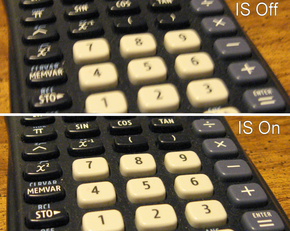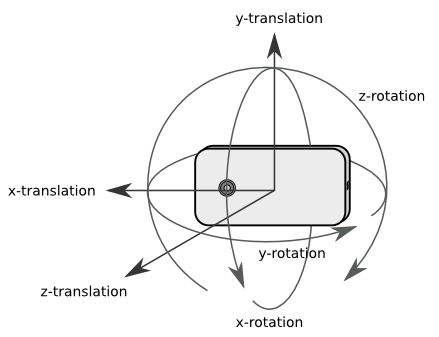Optical Image Stabilization

Optical Image Stabilization, or OIS, is used to counteract some of the disturbances caused by moving your camera or smartphone while taking photos or recording video. It works by physically moving and rotating the camera lens by a few degrees according to information it receives from the device’s sensors.
Different companies use different names for this technology. Nokia were the first to produce the first smartphone OIS sensor for their Lumia 920 phone. Today, nearly all high-end smartphones use Optical Image Stabilization for photos and videos.
Read more Navigation
Navigation



